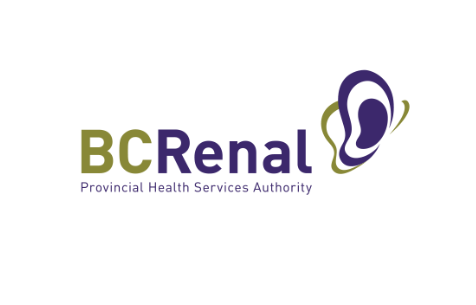Lions Gate Hospital saves millions of litres of water with new toilet valves
Lions Gate Hospital will save almost three million litres of water annually thanks to new toilet valves, provided by Moen. The new valves will save four litres per flush, and with approximately 200 toilets in the hospital, that reduction in “bowl volume” results in major water and cost savings — not to mention the positive impact it will have on the environment.
While it’s not common, or maybe even pleasant, for most to think about plumbing in a hospital setting, it’s Lions Gate’s mechanical supervisor Thomas Elstone’s job to maintain this crucial part of the facility. He often thinks about water as someone who grew up on the North Shore and enjoys the parks and the waterways.
I see the water around here and where it should be. In the rivers, in the parks,” he says.
The motivation to upgrade the existing 1960s-era toilet valves was sparked when the equipment started to fail and caused two “catastrophic” floods in the past five years in the upper levels of the Lions Gate Hospital tower. The water travelled down to the lower levels and caused cosmetic and structural damage, as well as mold. “The insurance claims were substantial,” Thomas recalls. “It was a nightmare.”
In 2020, Thomas reached out to North Shore resident and Senior Territory Manager for Moen, Andrew Cordy-Simpson, to discuss options for replacing the aging equipment. Andrew jumped in enthusiastically. There were two reasons why the project was important to him. One: providing Lions Gate with a solution would advance Moen’s goal of using their technology to save one trillion litres of water by 2030, and secondly, he has history with the facility — he and his mom were both born at the hospital. “It’s neat to have that direct connection and Tom’s been fantastic to work with,” Andrew says.

Thomas placed the order for the new valves in 2021, and the installation was entirely done by in-house plumbers under budget. The toilets are using less water and the new valves require less maintenance, which allows the maintenance team to focus on other issues. In addition, “we pay for water,” Thomas notes, and the 2.9 million litres of water saved annually will improve the bottom line, not to mention avoid the costs related to potential water damage, including displacing patients. By Thomas’ estimates, the hardware will have paid for itself within the next year.
While momentum for more sustainable equipment and technology is growing, experts like Thomas and Andrew note that sometimes modern technology results in unforeseen functionality issues and shorter lifecycles. This consideration was top of mind in this project and Thomas and Andrew both agree that they’ve found a “happy balance” between water conservation and functionality.
This initiative would not have been possible without the support of the Projects and Planning team, Thomas notes. With additional funding from capital projects, there are many opportunities for water-conservation wins that Thomas has already identified, including the installation of auto-taps across the facility. He hopes to inspire others to do their part to ensure there is enough water to provide quality health care, and not another drop is wasted.








